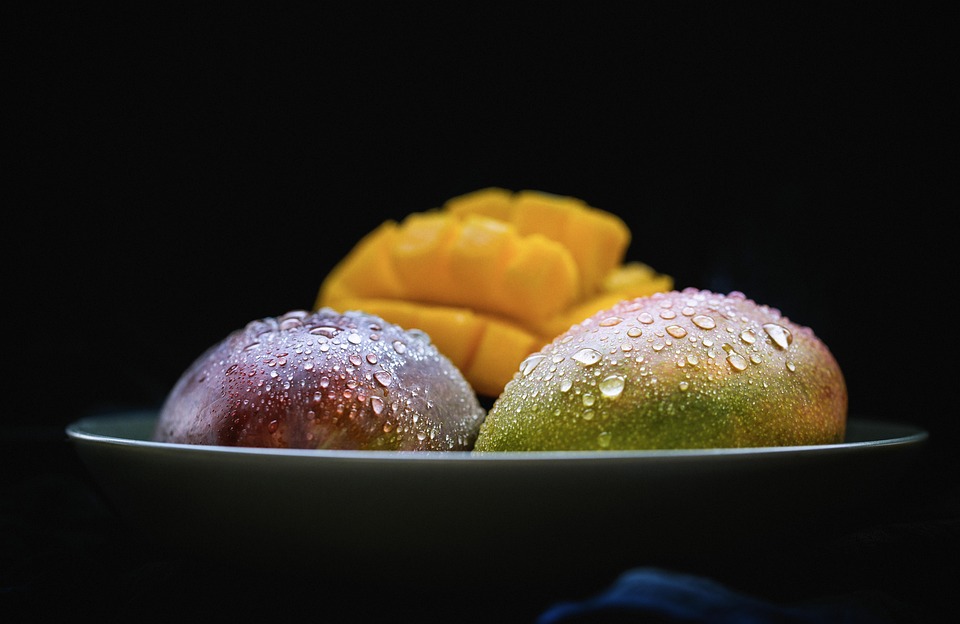In a world where social media reigns supreme and visual content is king, food photography has taken center stage. The ability to capture the essence of a dish—its colors, textures, and emotions—can make the difference between enticing a diner to take a bite or scroll past. The art and science of food photography combine techniques from various disciplines, including culinary arts, visual storytelling, and photography itself. Here, we delve into the elements that contribute to capturing flavor through the lens.
Understanding the Importance of Light
Light is the lifeblood of photography. In food photography, natural light is often preferred for its ability to create a soft, inviting atmosphere. Shooting during the golden hour—shortly after sunrise or before sunset—can produce stunning results, lending a warm glow to the dishes.
Techniques:
- Diffusion: Use sheer curtains or other materials to soften harsh sunlight.
- Reflectors: Bounce light back onto your subject to eliminate shadows and highlight textures.
- Avoiding Direct Sunlight: Harsh midday sun can create unsightly shadows and washed-out colors.
Composition: A Feast for the Eyes
Composition in food photography is akin to plating in culinary arts. Just as a chef arranges the components of a dish artistically, a photographer must arrange elements within the frame effectively. The rule of thirds, leading lines, and symmetry are key principles that guide composition.
Techniques:
- Rule of Thirds: Divide the frame into thirds, both horizontally and vertically, and place key elements along these lines or at their intersections.
- Layering: Use foreground, midground, and background elements to create depth.
- Negative Space: Leave ample space in the frame to allow the subject to breathe and draw attention.
Color Theory: Making the Plate Pop
Colors evoke emotions and can influence a viewer’s appetite. Understanding color theory can help create an impactful image. Contrasting colors can make a dish stand out, while complementary colors can create harmony.
Techniques:
- Color Palettes: Choose backgrounds and props that either contrast with or complement the dish.
- Saturation: Adjusting the saturation in post-processing can make colors more vibrant, enhancing their visual appeal.
- Textures: Use textured backgrounds to add richness and interest.
Props and Backgrounds: Enhancing the Narrative
Props can bring context to an image, telling a story about the food and where it comes from. Backgrounds—be it rustic wood, colorful tiles, or clean white surfaces—can either add or detract from the dish.
Techniques:
- Layering Props: Use napkins, utensils, or ingredients to create a sense of abundance.
- Color Matching: Select props that harmonize with the dish without overpowering it.
- Context: Use backgrounds that reflect the cuisine’s cultural context—think Mediterranean tiles for a paella, or slate for a gourmet cheese board.
Styling Techniques: The Chef’s Touch
Food styling is an art form in itself. The way a dish is arranged or garnished can drastically change its appeal. It’s not just about making the food look good; it’s about capturing its essence.
Techniques:
- Garnishing: Fresh herbs, sauces, or edible flowers can elevate a dish’s visual appeal.
- Propping Up: Use small objects to elevate certain components, creating visual interest.
- Avoid Over-Styling: Sometimes, the beauty lies in imperfection. Capturing a messy plate can evoke a sense of comfort.
The Role of Editing
Post-processing is essential in food photography. It allows photographers to enhance colors, adjust lighting, and fix minor imperfections. However, it’s crucial to strike a balance; images should remain true to what a diner will actually experience.
Techniques:
- Color Correction: Use tools to adjust white balance and enhance colors naturally.
- Sharpness and Clarity: Increase sharpness to highlight textures.
- Crop with Purpose: Cropping can focus attention on the subject while eliminating unwanted distractions.
Conclusion: The Flavor in Every Frame
Capturing flavor through food photography is a multifaceted process that combines technical skills with an artistic eye. Every photograph tells a story—whether it’s the joyful gathering of family around a dinner table or a solitary moment spent savoring a delicious dessert.
As the culinary world continues to evolve, the demand for stunning visuals will only grow. Whether you’re a professional photographer or a passionate food lover, mastering the art and science of food photography allows you to share the flavors, emotions, and stories behind every dish. With practice, patience, and a keen eye for detail, you can transform the simplest meal into a visual feast that resonates with all who view it. So grab your camera, let your creativity flow, and embark on a delicious journey of flavor and imagery!



